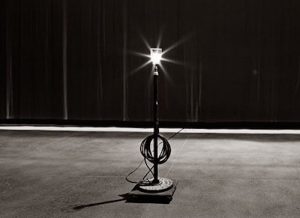In my previous post I noted
What and how I wrote once flowed from the work. The structure of the work and roles drove the writing. My writing practices grew organically from that over the years. That’s a consulting term of art for “it’s a disorganized mess of spaghetti.”
In all those settings the writing was driven by deadlines and deliverables. Set those two and everything else pretty much falls into place. The responsibility for setting those constraints fell to someone else; a boss, an editor, a client.
That responsibility now falls to me. Which ought to feel like a liberating moment.
I’m reminded of a story from earlier in my career. I had been recruited to a startup to set up the IT function. Our CEO had come out of IBM where he had been a product manager and was ruminating on the gulf between operating with IBM’s resources and the realities of a start up. At IBM, whenever he identified a task to be addressed he could turn around and hand the task off to someone waiting to pick up the load. In our start up environment, there was never anyone to turn things over to. Even if you hired someone to hand a task off to, you then had the task of working out what needed to be done now.
I’m feeling less liberated than on the edge of overwhelmed.
The thing about deadlines and deliverables is that they make sense in the context of a larger process. That feeling of being on the edge is a tell that I need to shift focus to that larger context.
It’s a context that I now need to design for myself rather than conforming to some external process of someone else’s design. Complaining about the rhythm and pace of my writing outputs is a rearguard attempt to make that someone else’s problem instead of taking ownership.
When I was teaching various aspects of systems design, a consistent mistake my students made was to start proposing solutions before they had invested enough time to understand the problem at hand. They would find it amusing to watch me falling into the same error.
Like many design problems, I am not starting from a clean sheet of paper. I have multiple intuitions about things I would like to fix or improve. Like any client, I’m impatient to get on with implementing answers before I’ve got a solid handle on the questions.
This is going to take longer than I’d like.
